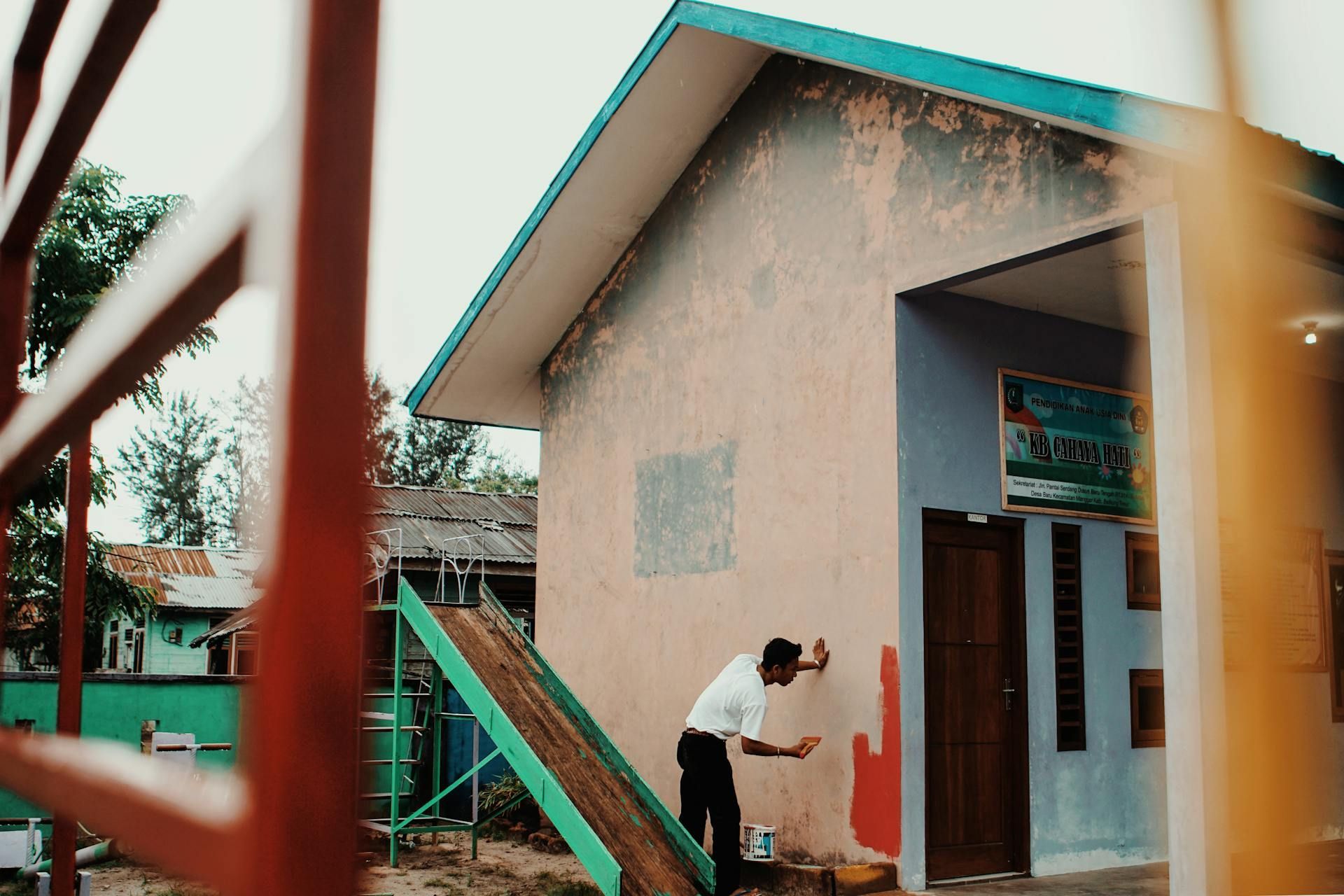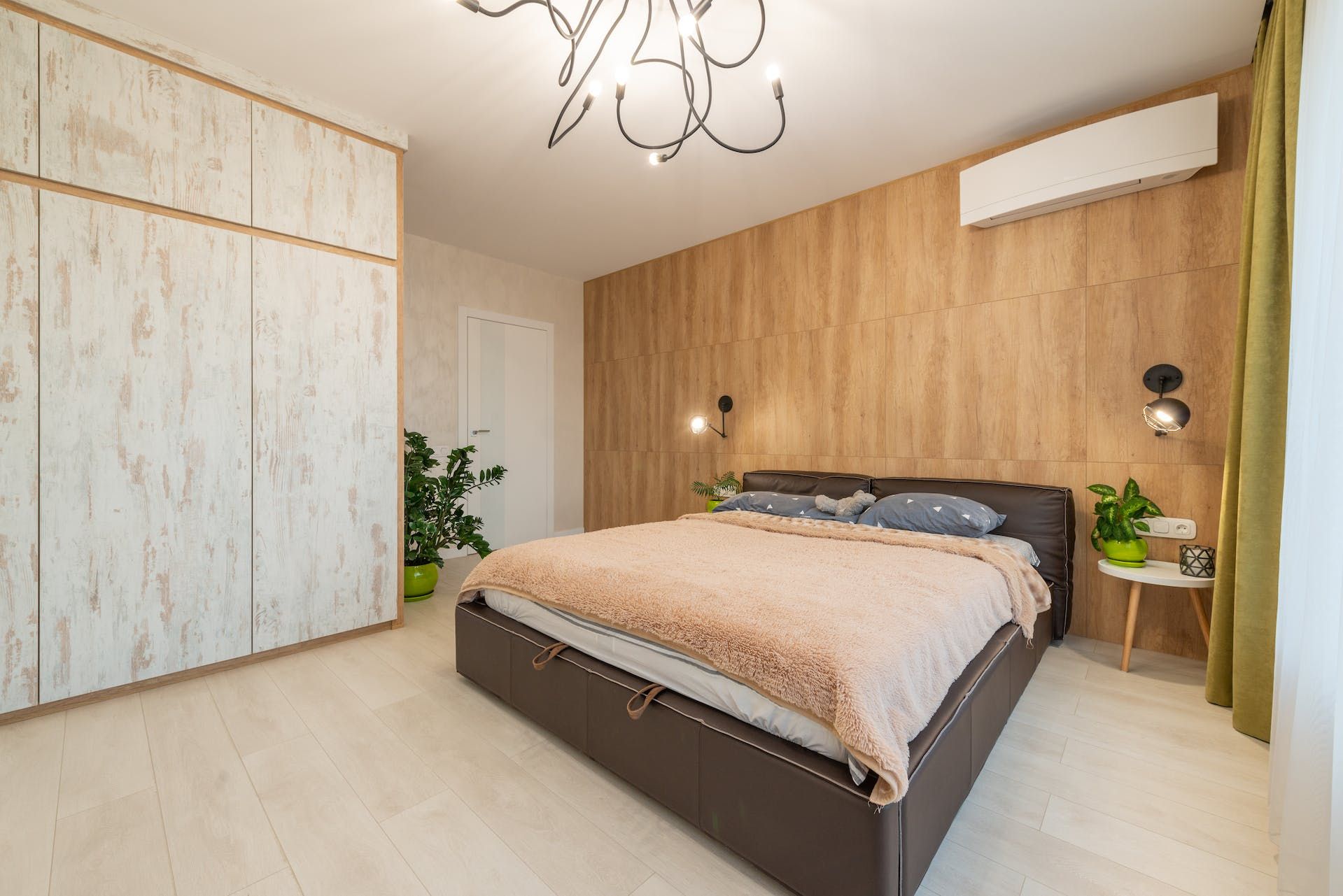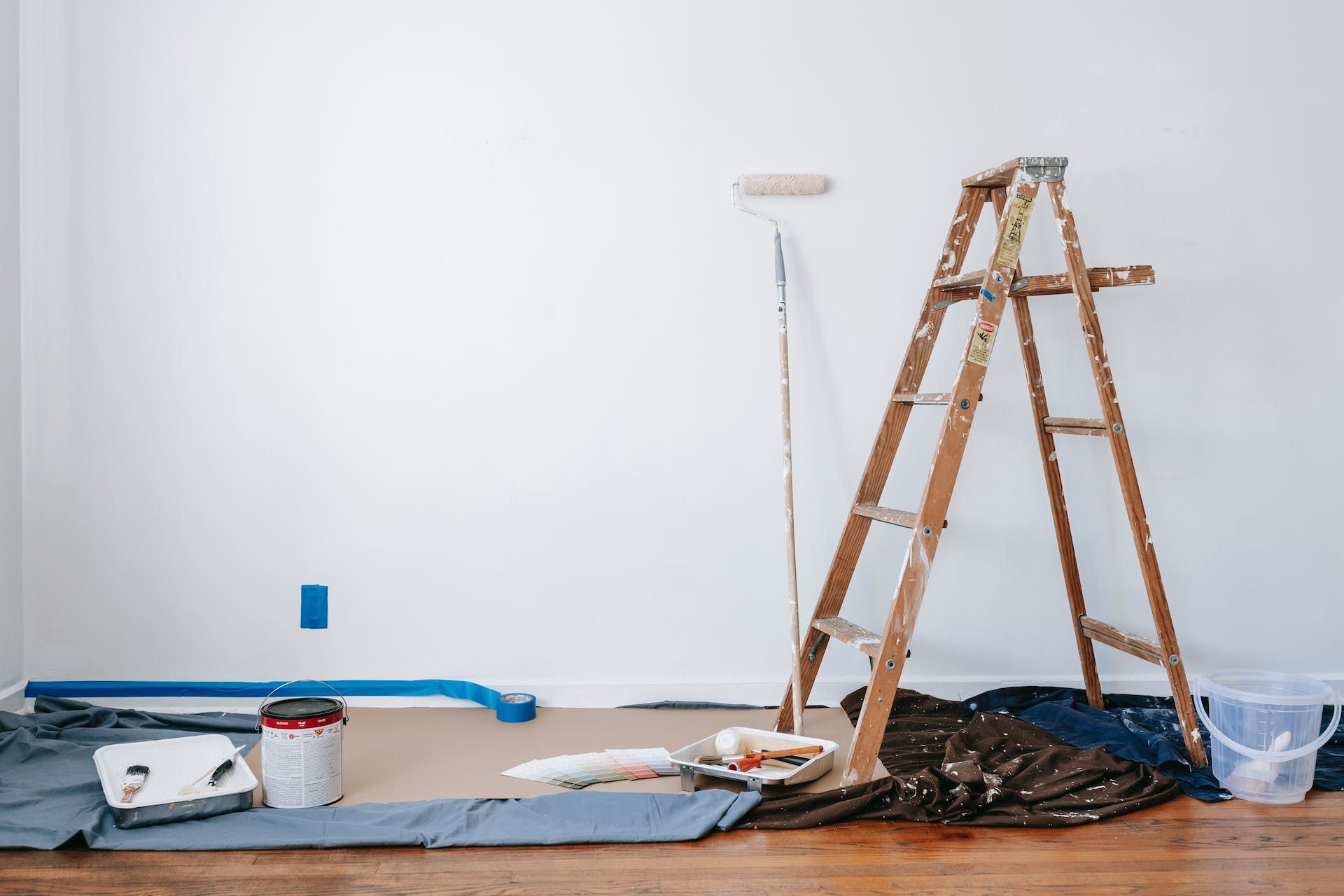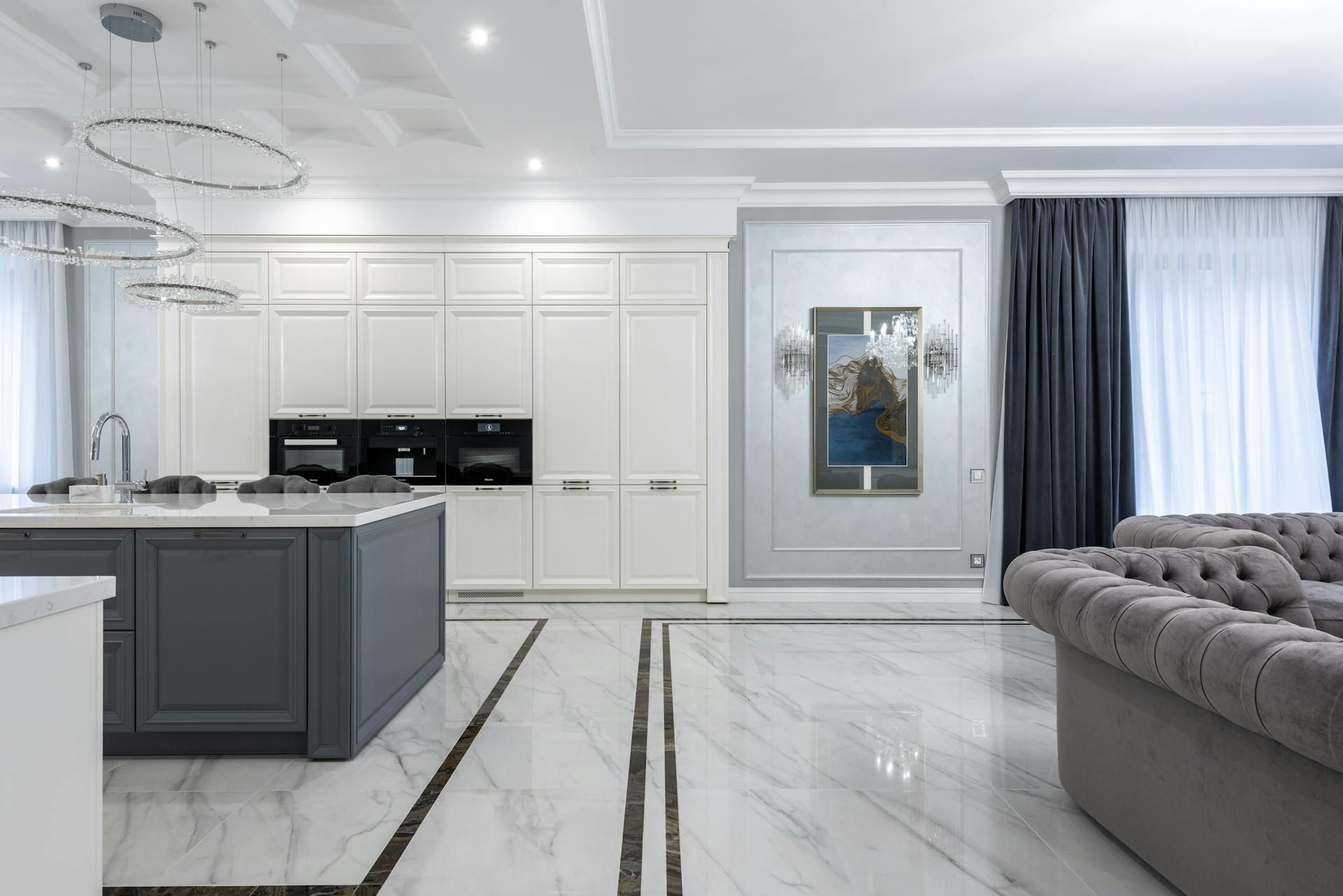Ultimate Guide to Interior Painting
Are you looking to give your home a fresh new look? Painting your interior walls can be a great way to add color and personality to your living space.
When it comes to interior painting, imagine transforming a dull, dated room into a vibrant space that reflects your style and personality. You might be wondering where to begin or how to tackle different challenges along the way.
From selecting the perfect paint colors to mastering professional painting techniques, this guide will equip you with the knowledge and skills needed to elevate your home decor game.
Let's start by exploring ultimate guide to interior painting.
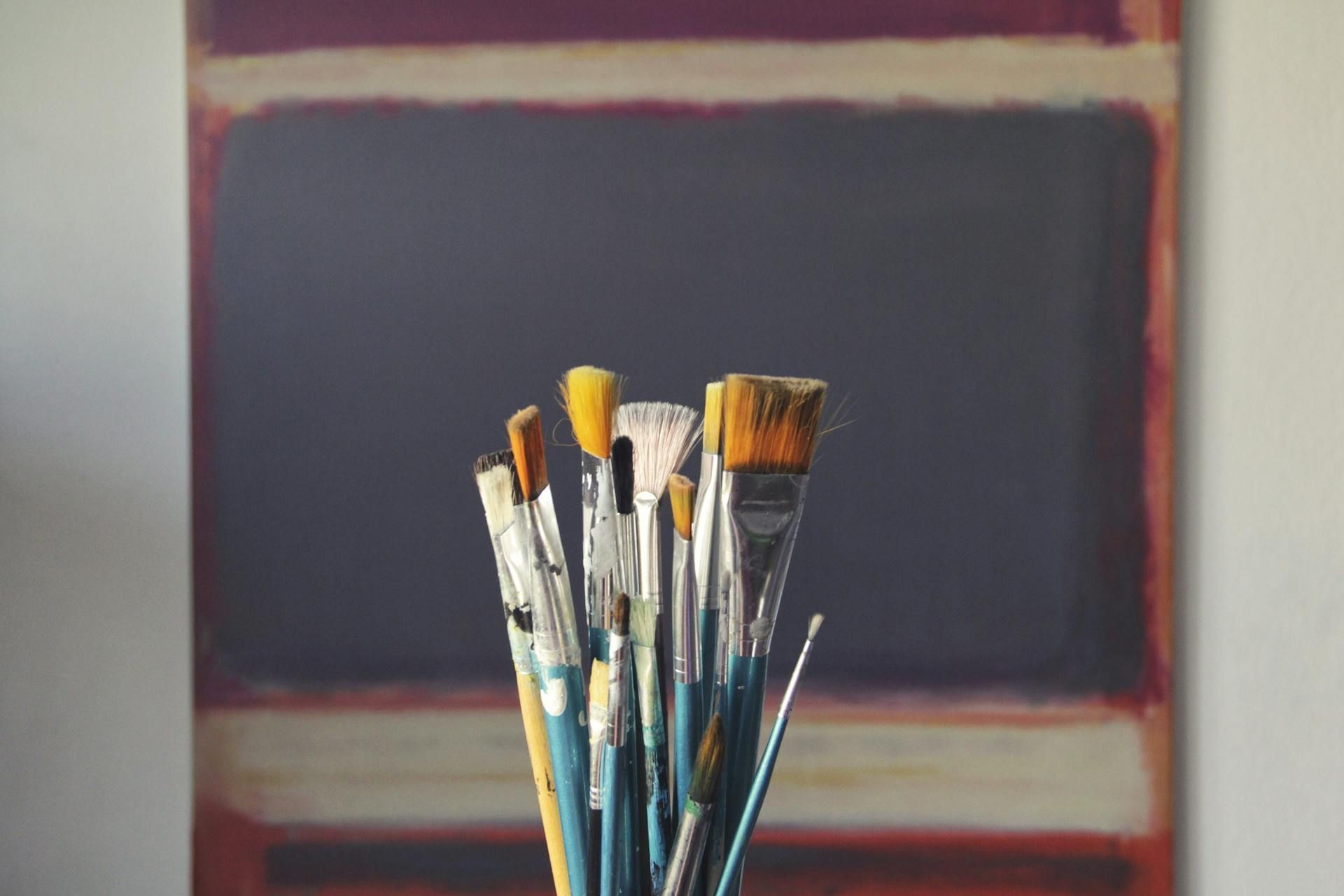
Selecting the Right Paint Colors
When choosing paint colors for your interior, consider the mood you want to create in each room. Color psychology plays a significant role in how different hues can affect emotions and perceptions. For example, blues and greens are known to have calming effects, making them ideal for bedrooms or reading nooks. On the other hand, vibrant yellows and oranges can bring energy and warmth to spaces like kitchens or home offices.
Before making a final decision, it's essential to test out different shades using color swatches. These small samples allow you to see how the color looks in various lighting conditions throughout the day. What may seem like a perfect hue in the morning light could appear completely different in the evening.
Essential Painting Tools and Supplies
When it comes to painting, having the right tools and supplies can make all the difference in ensuring a successful and satisfying outcome. Whether you are a beginner or a seasoned painter, having a well-stocked arsenal of painting supplies is essential for creating beautiful works of art.
One of the most important tools for any painter is a good set of brushes. Different types of brushes are designed for specific purposes, such as fine detail work or covering large areas. It's important to invest in high-quality brushes that will hold up to frequent use and provide precise control over your strokes.
Another essential painting tool is a palette. A palette is used to mix and store your paints while you work. There are many different types of palettes available, from traditional wooden palettes to disposable paper ones. Choose one that best suits your painting style and preferences.
Paints are, of course, another crucial element of any painter's toolbox. Whether you prefer acrylics, oils, or watercolors, it's important to invest in quality paints that will provide vibrant colors and long-lasting results. Additionally, consider investing in a good quality easel to hold your canvas steady while you work.
Other essential painting supplies include canvas or paper for painting on, as well as a variety of mediums and solvents for mixing and thinning your paints. Don't forget about important tools like a palette knife for mixing colors, a spray bottle for keeping your paints wet, and a rag or paper towels for cleaning up spills and mistakes.
Preparing Your Walls for Painting
Painting a room can give it a whole new look and feel, but in order to achieve a professional and long-lasting finish, it's important to properly prepare your walls before starting the painting process. Here are some steps to help you get your walls ready for a fresh coat of paint.
1. Clean the walls: Before you do anything else, it's essential to clean the walls to remove any dirt, dust, or grease that may be present. Use a mixture of warm water and mild detergent, and a sponge or cloth to wipe down the walls. Be sure to pay extra attention to areas near light switches, door handles, and corners where dirt tends to accumulate.
2. Repair any damage: Inspect your walls for any cracks, holes, or dents that may need to be filled and repaired. Use a spackling compound or joint compound to fill in any imperfections, and then sand the area smooth once it has dried. This will ensure that your walls have a smooth and even surface to paint on.
3. Sand the walls: Before you start painting, it's a good idea to lightly sand the walls to help the paint adhere better. Use a fine-grit sandpaper to gently sand the walls in a circular motion, focusing on areas that have a glossy or uneven finish. Wipe down the walls with a damp cloth afterwards to remove any dust created by sanding.
4. Tape off trim and edges: To achieve clean and sharp lines when painting, use painter's tape to tape off any trim, baseboards, or edges where you don't want paint to go. Press the tape firmly against the surface to prevent any paint bleed-through, and remove the tape carefully once the paint has dried.
5. Prime the walls: If your walls are stained, discolored, or have been painted with a dark color, it's a good idea to prime them before applying your paint. Primer helps the paint adhere better, provides a more even finish, and can help to cover up imperfections in the wall surface. Be sure to choose the appropriate primer for the type of paint you will be using (latex or oil-based).
Techniques for Painting Like a Pro
Achieve professional-looking results by mastering key painting techniques that ensure a flawless finish. When blending colors, remember to start with small amounts of paint and gradually mix them to achieve the desired shade. This will help you avoid creating large batches of the wrong color. Use a palette or a spare piece of cardboard to test your color mixtures before applying them to the walls.
For smooth brush strokes, hold the brush at a slight angle and apply even pressure as you move it along the surface. Avoid pressing too hard, as this can leave visible brush marks. Work in small sections, blending each stroke seamlessly into the next to maintain a consistent finish. If you need to take a break, wrap your brush in plastic wrap to keep it from drying out.
Achieving a Flawless Finish
For a flawless finish, focus on maintaining consistent brush strokes and blending each section seamlessly into the next. Proper brush techniques are essential to avoid streaks and achieve a professional look in your interior painting project. When painting, make sure to load the brush evenly with paint and apply it in smooth, even strokes. Avoid pressing too hard on the brush, as this can cause uneven application and streaks. Instead, use a light touch and let the bristles do the work for you.
To blend each section seamlessly, overlap the edges of the painted areas slightly and feather out the paint to create a smooth transition. Work in small sections to ensure each part is painted evenly and allow for better control over the blending process. Remember to keep a wet edge while painting to prevent visible brush marks and ensure a uniform finish throughout the room.
Clean Up
Once you've finished painting, it's important to clean up properly to ensure your tools last longer and your space stays tidy. Wash your brushes and rollers with soap and water, and remove painter's tape before the paint fully dries to avoid peeling.
Work with Carvel Painting for the best Interior Painting result
Now that you have the ultimate guide to interior painting, you're ready to tackle your next home improvement project with confidence.
If you're in need of a fresh coat of paint for your home, look no further than
Carvel Painting for the best interior painting result. With their attention to detail, high-quality paint products, and exceptional customer service, you can trust that your home will be in good hands with Carvel Painting.
Contact them today to schedule a consultation and take the first step towards transforming the interior of your home.



